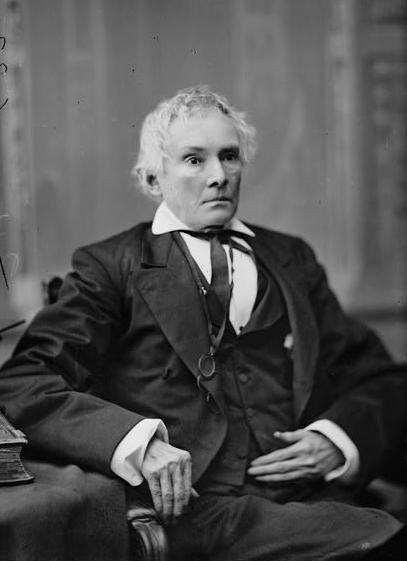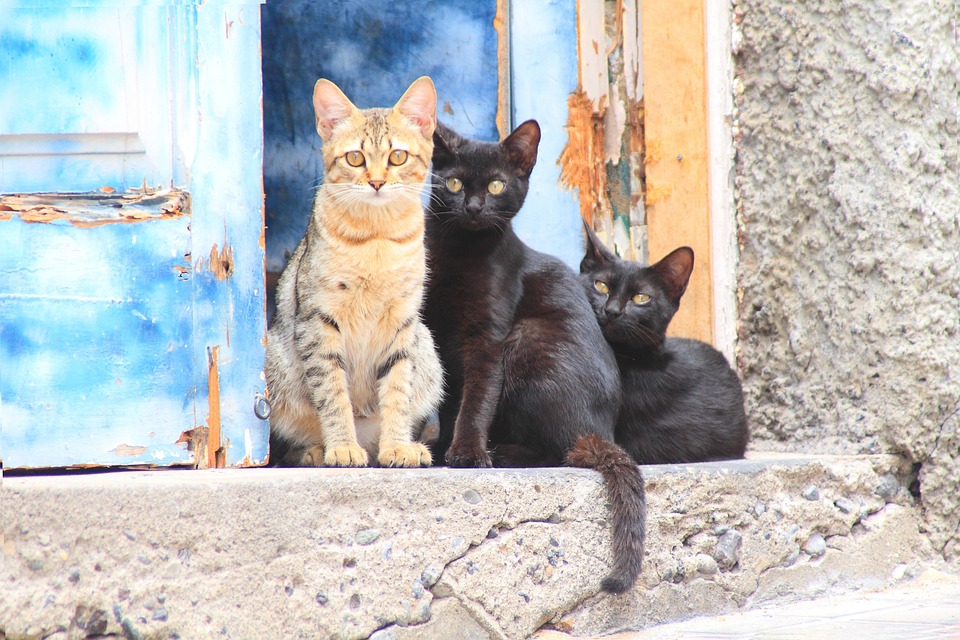Let’s be honest: it’d be pretty sweet if magical creatures existed in our world. I’d be lying if I said I wouldn’t love to ride a dragon to work every day.
Most of us won’t ‘fess up to really believing these creatures exist out there in the world, hidden from our puny human eyes, but these 12+ people aren’t scared to go on the record!
#15. Interesting to me.
“While I don’t believe that they actually exist, the way that Native American refuse to ever talk about Wendigos/Skinwalkers always seemed interesting to me.
Perhaps the original tribes has some loonies among them and therefore was deemed as “supernatural” or it simply served as a way to keep children away from the woods? Who knows.
Edit: Does writing about these creatures on Reddit also draw their attention to you? Because then I just fucked us all.”
#14. Changed into myth.
“Unicorns.
The earliest written accounts of unicorns describe them more akin to deer in looks. There’s also a abnormality they can have with their antlers where they curl together into what looks like a single pointed horn instead of two twisting antlers.
It makes sense that they could be changed into myth.
Also, there’s a REAL species of flying dragon!
Ok, so Gliding dragon is a better description…. and it doesn’t breathe fire. Its native to indonesia”
#13. Before we could understand.
“Aralez. Mythological dog angels from Armenian culture. With the widespread stories of dogs saving people’s lives, providing companionship, and giving their very lives for people I can only believe that the Armenian tales recount tales of dogs in prehistory. Before we could understand the depth of their emotion and mental lives fully.”
#12. From the watery depths.
“Kraken.
Wouldn’t surprise me if one appeared from the watery depths.
https://en.wikipedia.org/wiki/Kraken#/media/File:Denys_de_Montfort_Poulpe_Colossal.jpg”
#11. Eaters of the Dead.
“I am Ojibwe. When people in the past faced Starving-Times due to crop failure/drought, or tribal warfare etc-people who had no other choice would eat the dead out of absolute desperation. People would go mad from starvation before they finally did this. As you can imagine, it was deeply shameful for survivors. After the Starving-Time, no one in the community wanted to discuss it, what they had to do to survive.
For our people, the Wendigo legend originated with these experiences. The Wendigo was a euphemism, an ACTUALIZATION of the survivors emotions during and after the Starving-Time, wherein the urge to eat became all-consuming of a person’s spirit. That the maddening hunger possessed them to such an extent that it would cause them to eat the community’s dead.
Instead of discussing their actual feelings about the cannibalism that was caused by starvation, the story of the Wendigo began. It continued to shape in retelling for centuries and centuries since time immemorial between different Ojibway communities.
So picture the Wendigo. A huge, towering spirit that walked the bush. It’s power was so great, that it knocked down trees as it moved. It came to life every winter, especially after drought. When the People could not store enough food in spring, summer and fall-for winter.
When the communities crops had failed. When the forest had been dry as tinder, and no berries and roots could grow. When the fishing had been poor because the fish were not running in the streams. When the hinting was poor because animals starved. Because animal-mothers could not eat enough and they did not produce milk for their babies and the babies died, and the mothers starved. When even the beavers the Land left because the streams dried up and because the birch trees withered.
That was when the Wendigo came to the Land to torment the People. It followed them through the bush as they searched for food, until they could go no further. The Wendigo then ran down the People. Possessed the People. Made them mad with hunger and lust for food of any kind. Made them so evil and mad that they would eat the dead. The Elders. The children. And if the Wendigo entered you, you also became a Wendigo. You could then possess others to become Eaters of the Dead as well.”
#10. Especially not at dusk.
“I don’t think it’s necessarily likely per se, but my family are Irish and they hardcore believe in the Fair Folk, or the Aos Si. They’re not exactly fairies, they’re … different? Meaner. You don’t fuck with them, basically, and if something’s going horribly wrong in your life it’s probably because you fucked with them or you made them angry. And you have to be careful how you talk about them, too – kind of like with skinwalkers, you don’t name them. You just call them the Fair Folk, or the Folk.
They mostly hang out and try to get you to owe them a favour. You don’t take anything from the Folk, or you owe them one, and you don’t want to be in that position. There’s lots of different types that do lots of different things, though.
I don’t wanna come off as that weirdo who believes in what is… essentially fairies, but I grew up with the stories and I have a healthy level of skepticism about this. I’m not saying they’re real but I’m also not about to step into a fairy circle any time soon. Especially not at dusk.”
#9. Hiding in the depths.
“Anything from the sea really sounds plausible to me considering how little we have explored it. Sea serpents and the Kraken are major examples of something that could realistically be hiding in the depths and only come up to the surface on rare occasions.”
#8. I’ve dated it.
“The Jersey Devil. I’ve dated it.”
#7. Just some poor rabbits.
“Jackelopes definitely exist. Only they’re not some weird rabbit antelope hybrid. They’re just some poor rabbits infected with the Shope Papilloma Virus which causes strange horn-like growths.”
#6. I believe.
“Nicholas Cage. Some say it’s all movie magic, but I believe he’s real.”
#5. Really really really.
“It’s not that I inherently believe there is scientific evidence corroborating its existence, but I just really really really want Mothman to exist.”
#4. The one who stops the flow of rivers.
“Not that I think it’s likely, but I love the Mokele Mbembe legend. Supposedly some sort of dinosaur-like creature living in the swamps in Cameroon or thereabouts. It’s name means “the one who stops the flow of rivers.”
Legend has it that this enormous beast has a long neck, and is bigger than an elephant. It’s supposedly walks along the riverbeds and swamplands most submerged, and has been thought to kill large predators like crocodiles, but then not eat them. There is a story about a small village that killed one of these creatures and ate it, and a short time later, everyone who had eaten its flesh became sick or died.
The main reason it’s so compelling is that the jungle and swamplands where it supposedly lives are so dense and impassable for people that it could have conceivably lived in the relatively unchanged climate for thousand upon thousand of years, and humans would have never encountered it, or even been able to venture into its habitat with any reasonable effort.”
#3. They steal your undies.
“Trolls are real and they steal your undies.”
#2. Probably less exciting.
“Some form of yeti or Sasquatch, aka “Bigfoot”, most likely did exist at one point in time. It doesn’t seem entirely unreasonable to me, albeit the real thing was probably less exciting.”
#1. Basically nil.
“Do aliens count?
I guess aliens.
I don’t think there’s a chance in hell that they’ve visited Earth, or abducted people, but somewhere out there?
Yeah, I definitely think so.
The universe is so mind-bogglingly massive that the odds of us being the only life in the universe are basically nil.”
The post 15 People Reveal Which Magical Creatures They Believe Really Exist appeared first on UberFacts.
























































